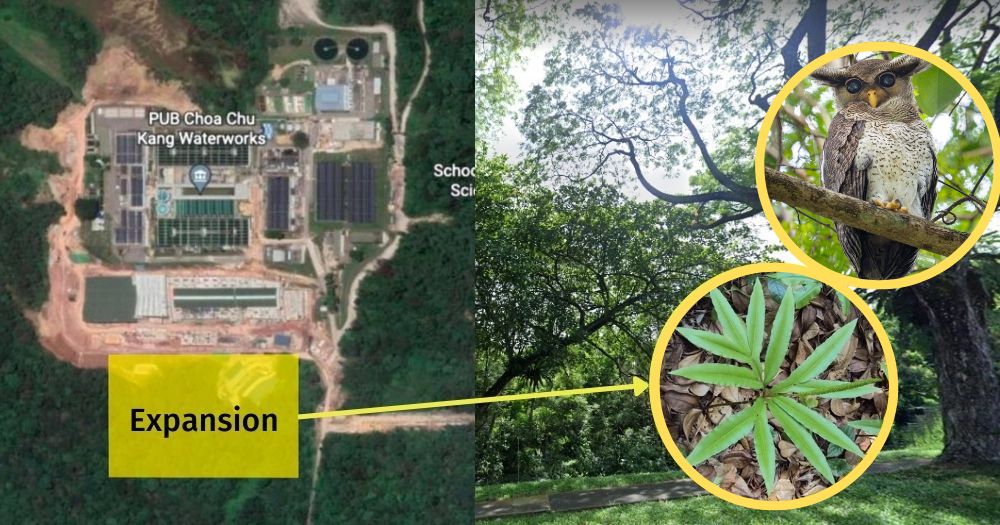Follow us on Telegram for the latest updates: https://t.me/mothershipsg
A piece of secondary forest in the west of Singapore will soon be cleared to make way for the upgrading and expansion of a water plant next to Nanyang Technological University (NTU).
The 3.2 hectare plot contains the only known specimen of a fern species in Singapore, which was discovered during the environmental impact assessment (EIA) study for the project.
Renewing an old water plant
PUB, Singapore’s national water agency, is reconstructing the Choa Chu Kang Waterworks (CCKWW) to ensure water security.
Built in phases between 1975 and 1981, CCKWW is Singapore's second largest waterworks and supplies 80 million gallons of good and safe drinking water to the western part of Singapore every day.
The S$28.8 million facelift will transform the waterworks into a state-of-the-arts facility, according to The Straits Times.
The renewal will feature new water treatment technologies and smart technologies and is expected to be completed by 2026.
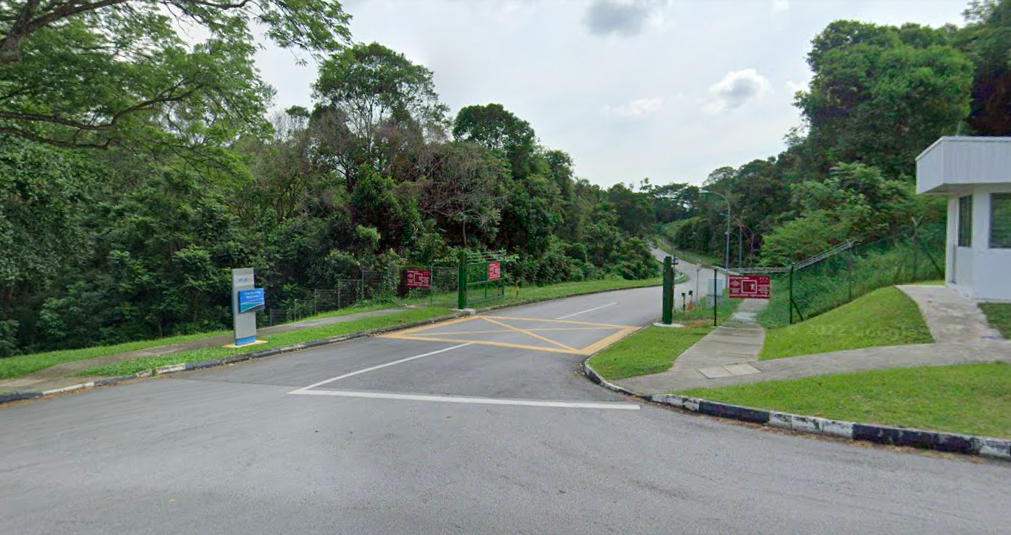 Image via Google Street View.
Image via Google Street View.
Area the size of six football fields
Due to the space constraints of the existing plant and the need for the CCKWW to remain operational during construction, the new infrastructure requires additional land.
The proposed site of reconstruction is to the south of the current CCKWW. Roughly the size of six football fields, work to clear the land will begin as soon as next year, reported ST.
The future compound boundary is demarcated by the turquoise line seen in this map:
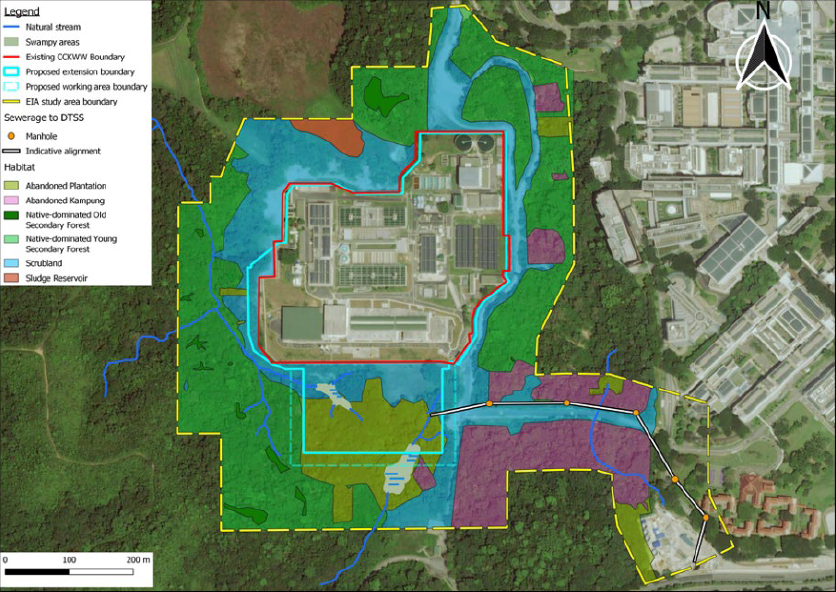 Image via
Image via
According to the EIA study conducted in 2021, the expansion area consists of abandoned plantation, scrubland and native-dominated secondary forest type vegetation.
Unique diversity of plants and animals
This forest patch is found in Singapore's Western Catchment, which is an important source of native flora biodiversity.
As it is not connected to the Bukit Timah Nature Reserve, the Western Catchment's biodiversity is unique and not found in other areas, said the study.
At least 307 flora species and 191 fauna species were observed in the area around CCKWW during the study.
A newly-discovered fern species
Most prominently, the first record of the fern Helminthostachys zeylanica in Singapore was found in the extension area during the study.
There are no other records of Helminthostachys zeylanica in the study area outside of the 3.2 hectare plot, or anywhere in Singapore.
The species is considered critically endangered and endangered in several other countries in Asia.
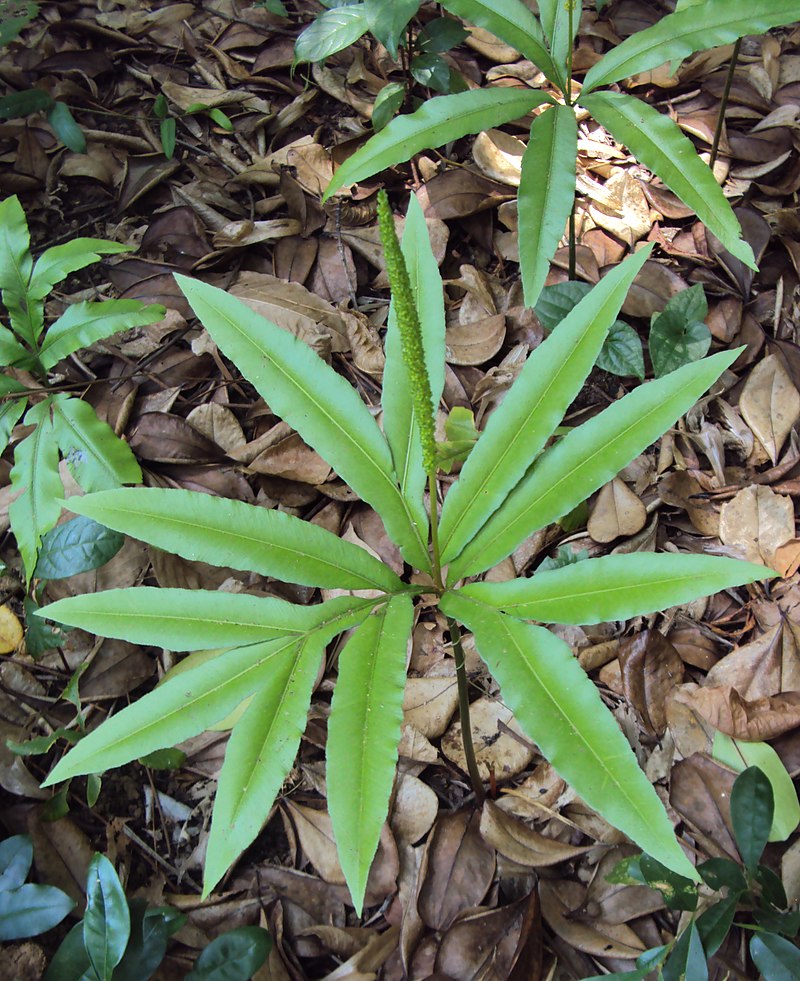 Image by Vinayaraj V R/Wikipedia Creative Commons.
Image by Vinayaraj V R/Wikipedia Creative Commons.
Numerous endangered species
Several endangered species across all taxonomic groups were also recorded in the expansion area, such as the Straw-headed bulbul and the Sunda pangolin.
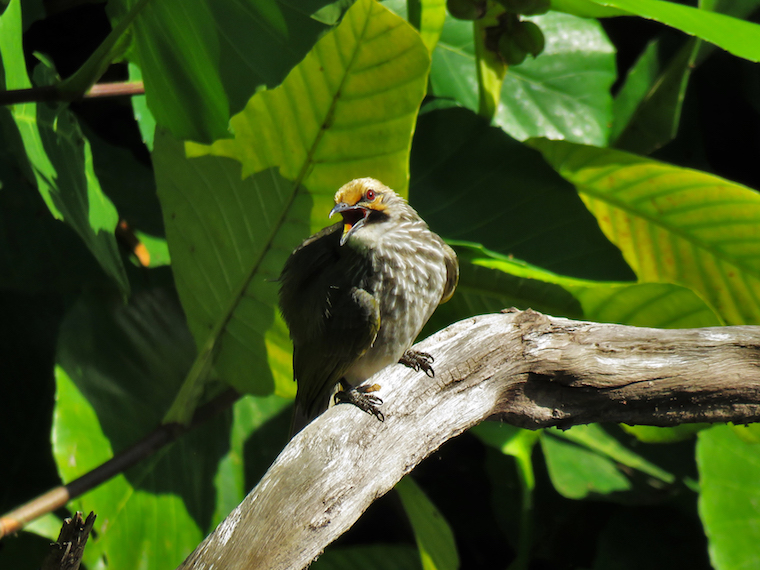 Straw-headed bulbul. Photo by Elliott James Ong.
Straw-headed bulbul. Photo by Elliott James Ong.
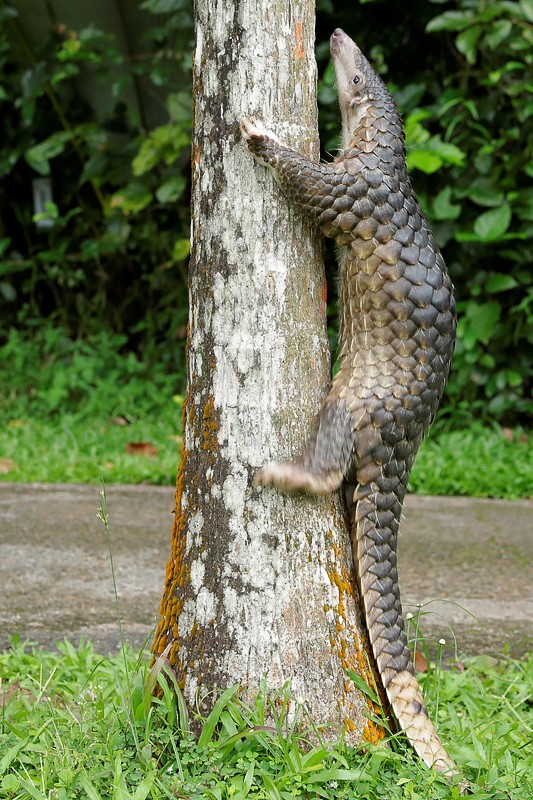 Sunda pangolin. Photo courtesy of Mandai Wildlife Reserves.
Sunda pangolin. Photo courtesy of Mandai Wildlife Reserves.
In one area to be developed, the study recorded two Barred eagle owls, a species which will likely be listed as "Critically Endangered" in the upcoming Red Data list for birds.
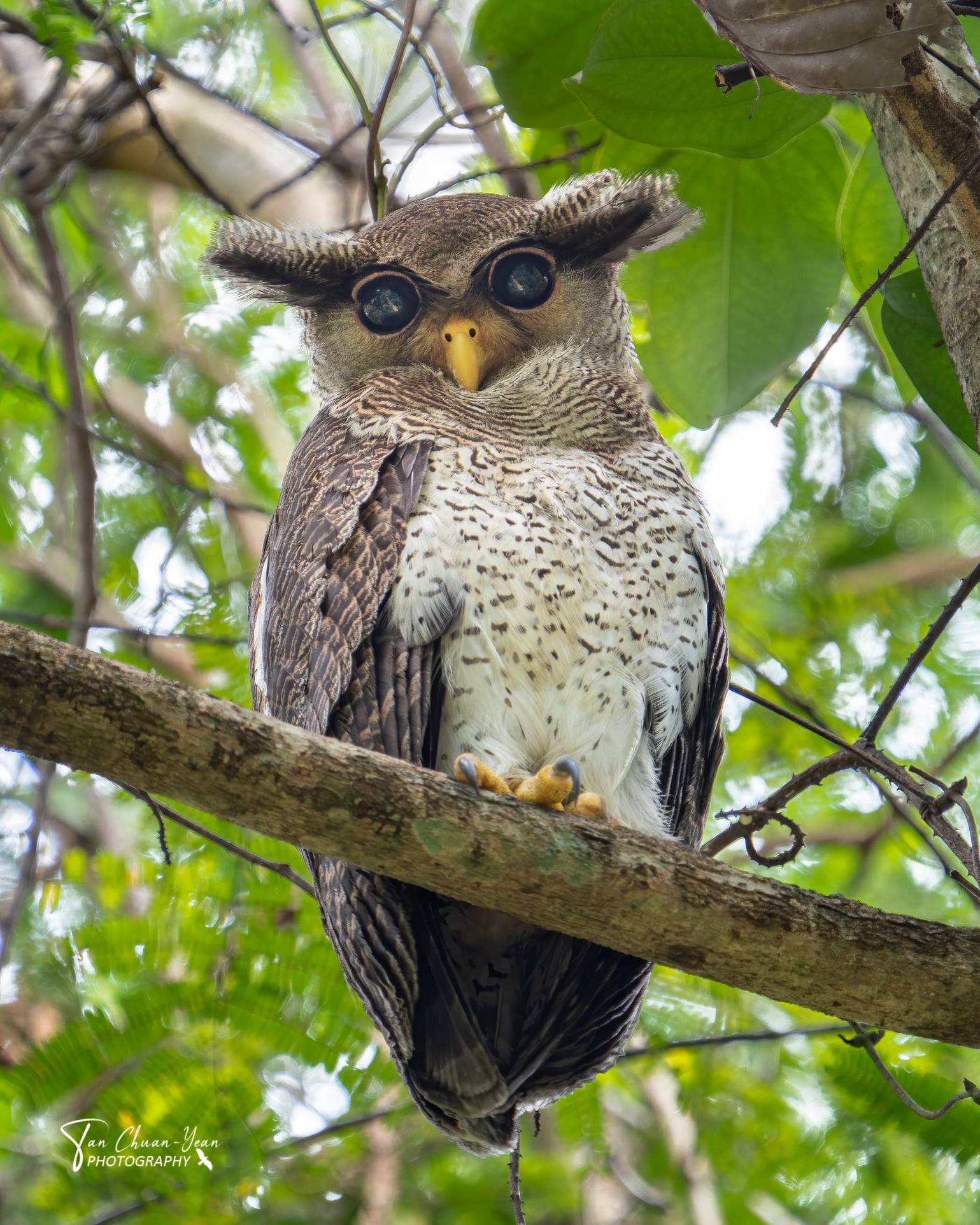 Photo by Tan Chuan-Yean.
Photo by Tan Chuan-Yean.
Several migratory birds like the Yellow-rumped flycatcher and Blue-throated bee-eater were also spotted during surveys.
The very rare and critically endangered elf dragonfly was also found in the area around CCKWW.
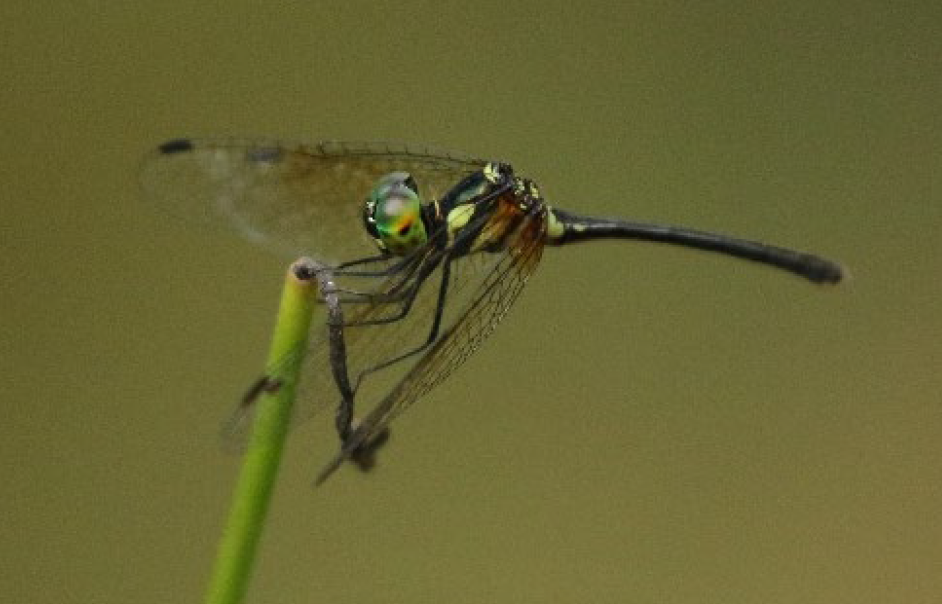 Elf dragonfly. Image via
Elf dragonfly. Image via
The Malayan porcupine and leopard cat are also known to be found in the Western Catchment but were not spotted during field surveys.
Key habitats
Habitats in the Western Catchment are one of the most important habitats on mainland Singapore for native terrestrial mammals, according to the study.
Moreover, several of the animals found during the study only live in specific habitats, making these habitats critical for the conservation of such species.
For example, the locally vulnerable four-ridged toad is a swamp specialist and the puff-faced water snake is a stream specialist.
"The habitats these species are reliant on, in particular swamp forests and forest streams, are rare in Singapore due to the country’s history of large scale deforestation," said the study.
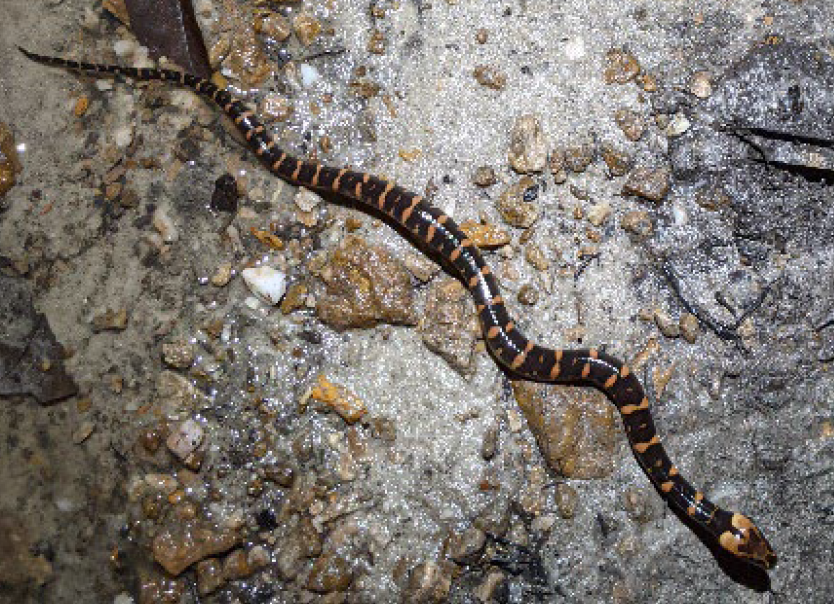 Puff-faced water snake. Image via
Puff-faced water snake. Image via
"Slight to major negative levels" of environmental impact
The study found that the environmental impact of this development project is of "slight to major negative levels".
The most disruptive activity is the clearing of the forest.
The development plan will affect 500 surveyed trees and 18 flora species of conservation value found in the extension area.
Additionally, the development is an irreversible loss of habitat for both flora and fauna, and clearing the site could affect the regeneration of the secondary forest next to it.
However, the negative impacts can be mitigated to "moderate negative levels and lower" if environmental mitigation measures recommended in the report were diligently implemented, the study said.
Of the 18 plant species of conservation value found in the 3.2 hectare plot, the study recommends 15 of them to be transplanted, including Helminthostachys zeylanica.
For fauna, the study claimed that most of those of conservation value recorded include birds and mammals that are highly mobile, and the works should not greatly affect their survivability.
The study also made general recommendations for PUB to limit construction works to daylight hours, to inspect trees for wildlife before felling and to hoard up the work site.
The study noted the presence of wild pigs, feral dogs, long-tailed macaques and smooth-coated otters on the site so extra care should be taken to avoid human-wildlife conflict, especially during construction phase.
Erecting hoarding at the site can prevent the animals from running onto the roads, the study said.
It also proposes an Environmental Management and Monitoring Plan (EMMP) that should be followed during construction to ensure that the project development is done in an environmentally sensitive manner.
One stream habitat of a higher conservation value was also suggested to be regularly monitored during the construction phase, and for three months after the construction phase, to ensure that is not adversely impacted by the works.
Whether these suggestions from the environmental impact study to mitigate the project development's negative effects are put in place is dependent on PUB.
In response to ST, Chew Chee Keong, the director of PUB's water supply (plants) department, said that the agency is committed to implementing all proposed measures to mitigate the environmental impact.
You can read the full report here and give their feedback on the report from now till Aug. 1, 2022.
Top images via Google Earth, Google Street View, Wikipedia Creative Commons and CY Tan.
If you like what you read, follow us on Facebook, Instagram, Twitter and Telegram to get the latest updates.
